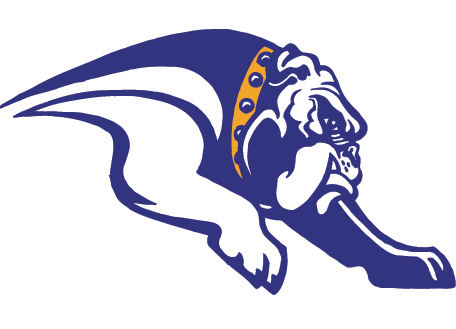Museum of the Grand Prairie 2017 Exhibit Grand Opening March 11

The Museum of the Grand Prairie is ready to introduce its 2017 exhibit titled “Horses are Quiet, Tractors are Loud.”
A grand opening celebration will include antique tractors and a Clydesdale horse on March 11 from 1 to 4 p.m.
“Horses are Quiet, Tractors are Loud” follows the progression of replacing horse-powered farms with tractor-powered farms. Up until the 1920s, horses not only powered the farm equipment but were required to get bigger and stronger as agricultural advancements were made.
When men and horses left the United States to fight in WWI, there was a huge farm power shortage. Henry Ford capitalized on the need for farm power and introduced the tractor.
“After WWI there was still a huge shortage of men and especially horses because most of the horses didn’t come back,” Museum Curator Mark Hanson said. “To fill that need, the tractor manufacturers really ramped up the push to replace horses. And for a lot of people, that was their goal, to get horses off the farm.”
While many farm owners were hesitant about switching from horses to tractors because the tractor could not cultivate the product, their sons embraced the new technology.
“The only way the tractor proponents could only truly replace horses if they could cultivate corn,” Hanson said.
The first tractor that could do everything the farmer needed was the Farmall brand tractor.
“That tractor really sounded the death nail for the horse because machines could do it all now,” Hanson continued.
The exhibit also follows how tractors changed the way farmers and blacksmiths had to move from caring for horses to becoming machinists. It also showcases a change in children’s toys as they put down playing with horse replicas and moved to playing with tractors because they were “really cool and cutting edge,” Hanson said.
“Like most of our exhibits, we try to reach everybody, so with that in mind,” Hanson said, “we hope there is plenty of information here for adults to enjoy and learn something, or remember back to when their family had horses. But also, we hope it is simple enough that our educators can use it for school tours so children can learn a little bit more about what was going on on farms not that long ago.”

